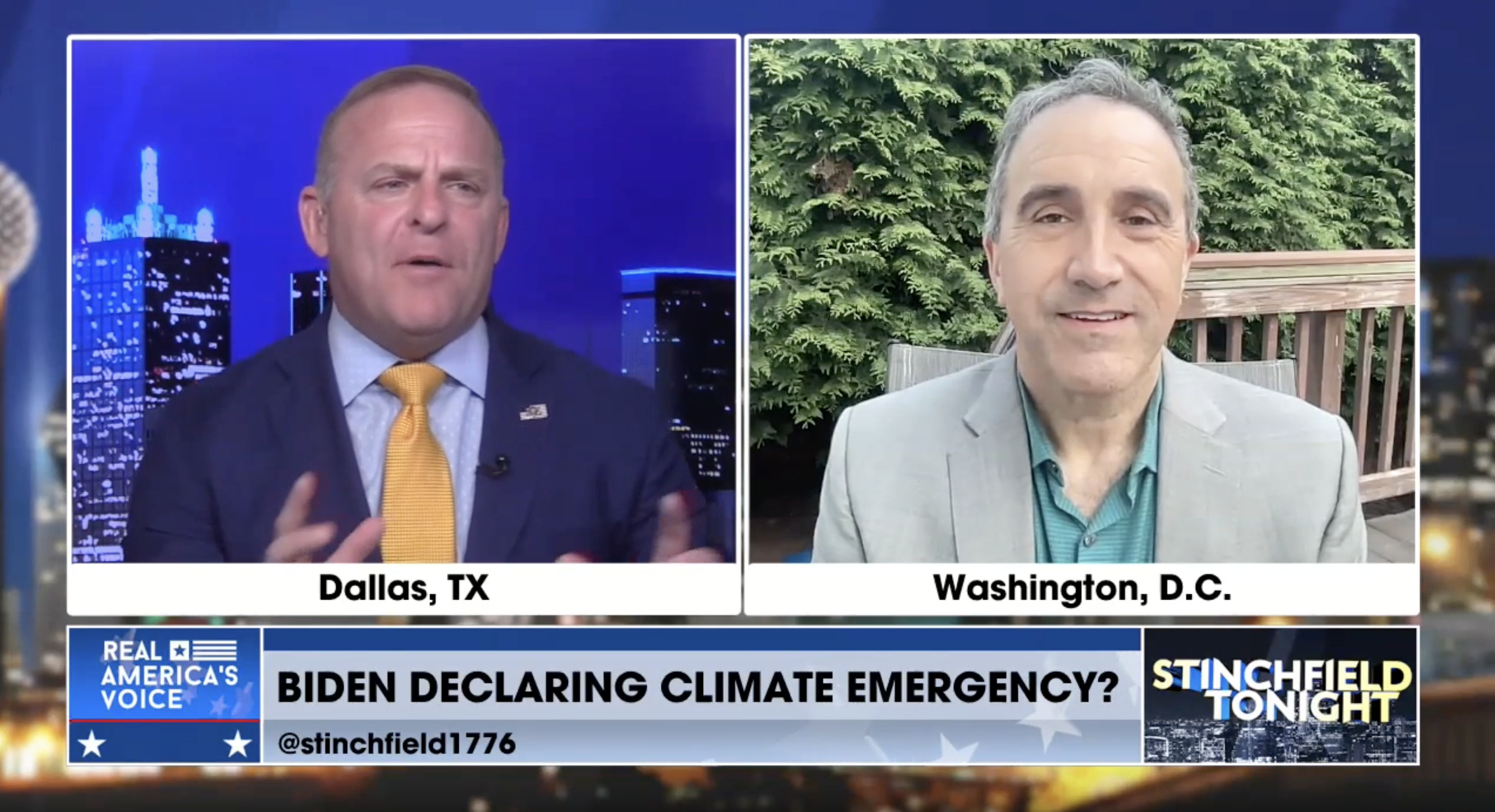By Bjorn Lomborg, The Daily Telegraph
It is foolhardy and foolish for world leaders to stay fixated on Paris – not only will it likely falter, but it will be hugely costly and do almost nothing to fix climate change.
Hours before Donald Trump announced that the US would be quitting the Paris carbon-cutting treaty, UN Secretary General António Guterres took to the President’s preferred medium, Twitter, to declare that climate action is “unstoppable”.
The clear message, reinforced by leaders from the European Union and China, is that the rest of the world will continue with the Paris Treaty without US involvement. Their resolve is quickly going to smash into three incontrovertible truths.
First, the Paris Treaty will be the most expensive global agreement in world history. Cutting emissions without affordable, effective replacements for fossil fuel means more expensive power and less economic growth. Calculations using the best peer-reviewed economic models show the global price tag of all the Paris Treaty promises –through slower GDP growth from higher energy costs – would reach $1 trillion to $2 trillion every year from 2030. Without US involvement, the rest of the world must cough up between $800 billion and $1.6 trillion annually.
These huge costs have imperilled the Treaty since its signing. It is not difficult to imagine other leaders balking at slowed growth, or to envisage wealthy nations reneging on the promised aid.
Second, the agreement was always going to have a tiny impact on temperatures, but without the US it will achieve even less.
The little that any of us remember of the Paris Treaty is the bold political rhetoric from world leaders who said that they were committed to keeping temperature rises under 1.5 degrees Celsius.
In other words, the Paris Treaty leaves 99 per cent of the problem in place, and even more if world leaders want the almost unattainable goal of keeping temperature rises to 1.5°C. Undoubtedly, we will hear lots of politicians talk a big game about future cuts, but experience doesn’t bode well for such promises. Remember the Kyoto Protocol – which was sold to the world in 1998 as the fix for global warming, and started falling apart almost as quickly as Paris.
The rhetoric is relentlessly optimistic: a typical quote, from Bloomberg New Energy Finance chairman Michael Liebreich, is that “Renewables are robustly entering the era of undercutting” fossil fuel prices. We have heard this for decades. In 1976, environmentalist Amory Lovins said that solar energy competitiveness was imminent: “a largely or wholly solar economy can be constructed in the United States with straightforward soft technologies that are now demonstrated and now economic or nearly economic.” In 1984, the Worldwatch Institute declared that wind subsidies “will not be needed within a few years.”
After hundreds of billions of dollars in annual subsidies, we only get, according to the International Energy Agency, 0.5 per cent of the world’s energy needs from wind, and 0.1 per cent from solar PV
This was – and remains – wishful thinking. Green energy is so inefficient that its deployment is almost entirely reliant on subsidies. When the United Kingdom cut solar power subsidies, installations plummeted. Spain was paying almost 1 per cent of its GDP in subsidies for renewables, more than it spends on higher education. When it reduced these subsidies, new wind energy production entirely collapsed.
Subsidising the deployment of renewable energy such as wind turbines and solar panels to reduce our CO2 emissions has been a dead-end. After hundreds of billions of dollars in annual subsidies, we only get, according to the International Energy Agency, 0.5 per cent of the world’s energy needs from wind, and 0.1 per cent from solar PV. Even by 2040, if the Paris Treaty had stayed fully in place, after spending $3 trillion in direct subsidies, the IEA expects wind and solar to provide just 1.9 per cent and 1 per cent of global energy.
These three incontrovertible facts mean that it is foolhardy and foolish for world leaders to stay fixated on Paris – not only will it likely falter, but it will be hugely costly and do almost nothing to fix climate change.


